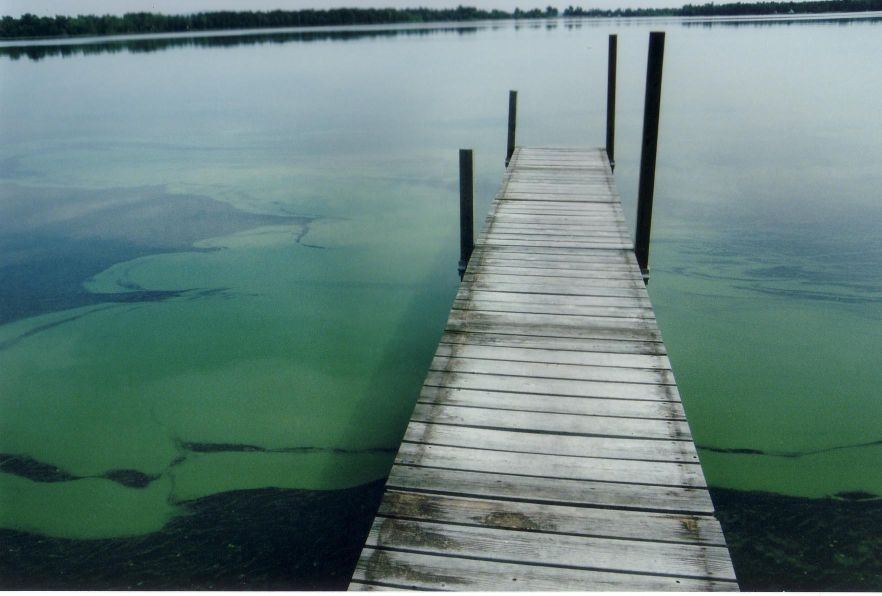 (Host) The League of Cities and Towns has joined with the Douglas Administration to overturn a law that could force towns to spend more to clean up Lake Champlain.
(Host) The League of Cities and Towns has joined with the Douglas Administration to overturn a law that could force towns to spend more to clean up Lake Champlain.
They say complying with the law would be too costly.
But environmentalists say everyone must chip in to get a cleaner lake.
VPR’s John Dillon reports:
(Dillon) The Douglas Administration reluctantly supported the bill last year. This year, the governor wants it repealed.
(Douglas) “Simply setting a target that is not realistic and that would require the diversion of our limited dollars to some projects that would not result in a very significant reduction in pollution really is not the best use of our resources.”
(Dillon) The governor is referring to a provision in the law that says towns with sewage treatment plants in the Lake Champlain watershed have to limit phosphorus pollution to 2006 levels.
Phosphorus is the pollutant that feeds toxic algae blooms in the lake.
So if towns want to increase sewage treatment capacity, they have to do more to control phosphorus. Rutland Mayor Chris Louras says that’s an expensive proposition.
(Louras) “To upgrade our plant to allow us to take two tons of phosphorus out of our plant would take about $8 million in capital improvement and $400,000 in annual operating costs. It would result in a 35 percent increase in Rutland City sewer rates.”
(Dillon) Karen Horn of the League of Cities and Towns argues that targeting sewer plants doesn’t make sense. She says the towns already do a good job controlling phosphorus – and that the real problem is the pollution that comes from farms and stormwater run-off.
(Horn) “It’s a huge cost hit and we think a misplaced direction – that 90 percent of the phosphorus load comes from non-point sources.”
(Dillon) A recent audit of the state’s lake clean up program showed that phosphorus levels are increasing, despite $60 million spent to reduce non-point pollution.
(Iarrapino) “I think the thing that Vermont really can’t afford is a dirty Lake Champlain that’s only getting dirtier and that proposals are on the table to increase pollution.”
(Dillon) Anthony Iarrapino is with the Conservation Law Foundation. He says the lake doesn’t care where the pollution comes from.
(Iarrapino) “Blue green algae, the noxious blue green algae up in the north lake and the invasive weeds in the south lake, they don’t stop before they use the phosphorus to grow and make the lake dirtier and say, `Oh, where did this come from? Is this municipal? Is this non-point run-off?’ I mean, the point is we need to decrease pollution from all sources.”
(Dillon) There’s another wrinkle to the lake clean-up issue. Some farmers and lawmakers have complained that the state hasn’t helped pay to design manure management systems that would cut pollution from flowing into the lake.
There’s $14 million in federal money available, but there’s also a backlog in getting the projects designed and built.
Last week, the administration announced that it would spend $700,000 over three years to alleviate the backlog.
Essex-Orleans Senator Vince Illuzzi says the money appeared after his Economic Development Committee began looking at the issue.
(Illuzzi) “The Administration had set aside no money for this purpose until a press release was issued the same day we had a hearing to find out why this was being neglected, why this issue was not a priority.”
(Dillon) The administration says some of the manure management projects should be built by this summer. Meanwhile, there’s also discussion in the Legislature to have the state and towns share the cost of improving municipal sewage treatment plans.
For VPR News, I’m John Dillon in Montpelier.
AP File Photo/blue green algae bloom